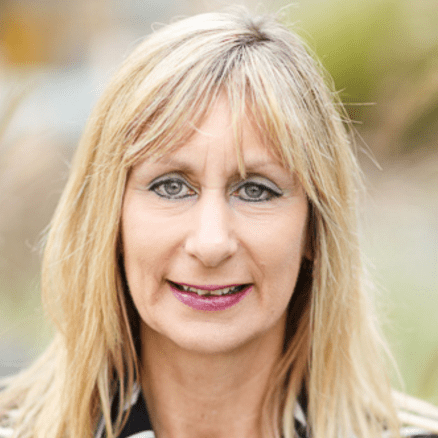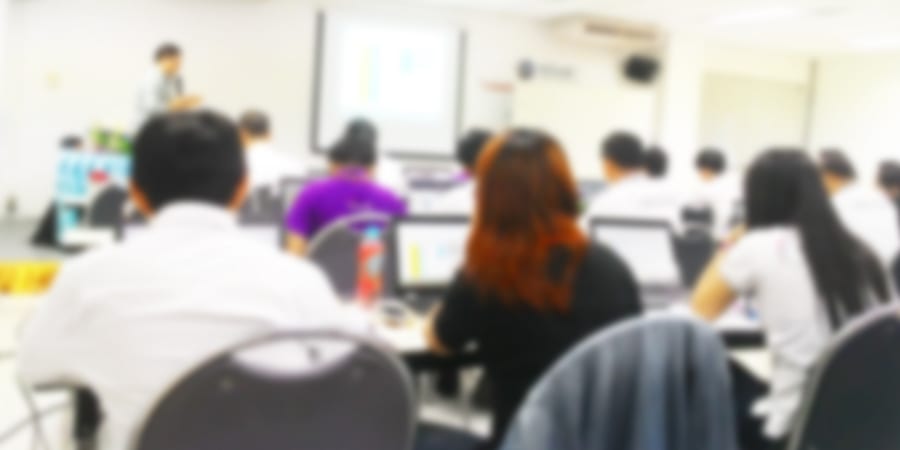
Five lean practitioners answer the same question #2
1 QUESTION, 5 ANSWERS – Because each of us has a different learning path, “a-ha moments” come to us in a variety of shapes. We asked five practitioners when their lean epiphanies happened.
"What was your lean a-ha moment?"
JOHN BOUTHILLON, CEO, PO Construction

As it happens, my a-ha moment came at the gemba, as I led a group of workers through a problem solving exercise. The issue was rather simple, and I had already implemented a solution to the exact same problem elsewhere in the company. This made me confident that we would succeed in finding a good countermeasure. But I have been reminded many times, and again very recently, by my sensei about the importance of just asking “why” and letting people think for themselves. Guess what? The team brought up a new idea, different from mine and obviously much better. I felt both ashamed and proud as the team proved to be wiser than its leader and I realized the real meaning of “asking why.”
DENISE BENNETT, Senior Improvement Coach, Stanford Children’s Health

It is hard to pinpoint one, but the a-ha moment that was most profound for me in healthcare was the following. In trying to improve patient flow and capacity, for years we had focused on the patients who were “complicated” and spent a long time in the hospital. When we came across lean, we learned that if we improved the flow of the high-volume patient journeys (the short length-of-stay patients) the impact would be higher and the improvement work would be easier to do, as these patients were less variable in regard to processes. At the time (in 2005), this was truly counter-intuitive for healthcare, but the impact of that realization was huge: it allowed us to treat 25% more patients in the same number of beds.
CARLOS FREDERICO PINTO, CEO, Instituto de Oncologia do Vale, Brazil

Can I have two a-ha moments, please? The first was eight years ago, working on an early value stream mapping exercise at Instituto de Oncologia do Vale. We had developed a spaghetti diagram and redesigned the entire flow of work, and the incredible amount of energy that was released just by moving some furniture around went a long way teaching me about the power of lean. I immediately realized there were hundreds of other processes we could apply that enthusiasm to. And we did, as since then we have driven our transformation forward at an ambitious pace, continuously eliminating waste and improving care.
A deeper realization came a couple of years later, as I was observing one team at work and saw that same energy being unlocked. I then realized that lean is about changing people, not furniture.
CATHERINE CHABIRON, lean coach and member of Institut Lean France

Before I came to lean, I had done quite a lot of work on causal tree analysis related to safety incidents or accidents. As I dug into lean management, I found out that Toyota, too, used causal trees. Whether they were discussing a situation where they had to fix a problem and return to the standard or one where they had to challenge the standard, they strived to understand which cause had which effect, through observation at the gemba and data collection. I have enthusiastically adopted causal tree to help develop problem-solving skills (my own and other people’s) since then.
Another a-ha moment came more recently, when I realized that the same cause-effect analysis could be used to design new products and make innovative breakthroughs. Innovation is hard work, centered on determining “what we know” and “what we don’t know.” Trying to understand how a given parameter or choice will influence the effect we want to achieve in our product or service, and capturing this in a trade-off curve, is also a causal tree approach. Lean, I realized, is a never-ending learning process to try and understand what cause creates what effect.
KLAUS PETERSEN, Group Process Manager, Solar A/S

During the lean transformation at Solar, I met a lot of resistance from one particular manager, who was not willing to try out new things and consider change – he was afraid of letting go of what he knew and what worked for him. Right when I was about to give up, however, change came and he got on board with enthusiasm. That was a big realization for me. I learned that the managers you struggle with the most in the transformation will likely turn out to be the best role models you can have: because they have a hard time letting go of old habits, when that mental change happens they become so committed that as a coach you must run twice as fast just to keep up.
Read more


CASE STUDY – Hotels of the Palladium Group are implementing Lean Thinking in their housekeeping departments to improve efficiency and service quality.


WOMACK’S YOKOTEN – Somehow surprisingly, management schools teach very little about management, and when they do all learning is classroom-based. Instead, they should go to the gemba.


COLUMN – Finance is a critical function within a firm. Yet, lean thinking seems to struggle to make progress in this field. Following a workshop with Nick Katko, the author of this article sees an opportunity.


FEATURE – To facilitate the transition to a new organization of the work in their department, a group of nurses at Erasmus Medical Center have been using Training Within Industry.

